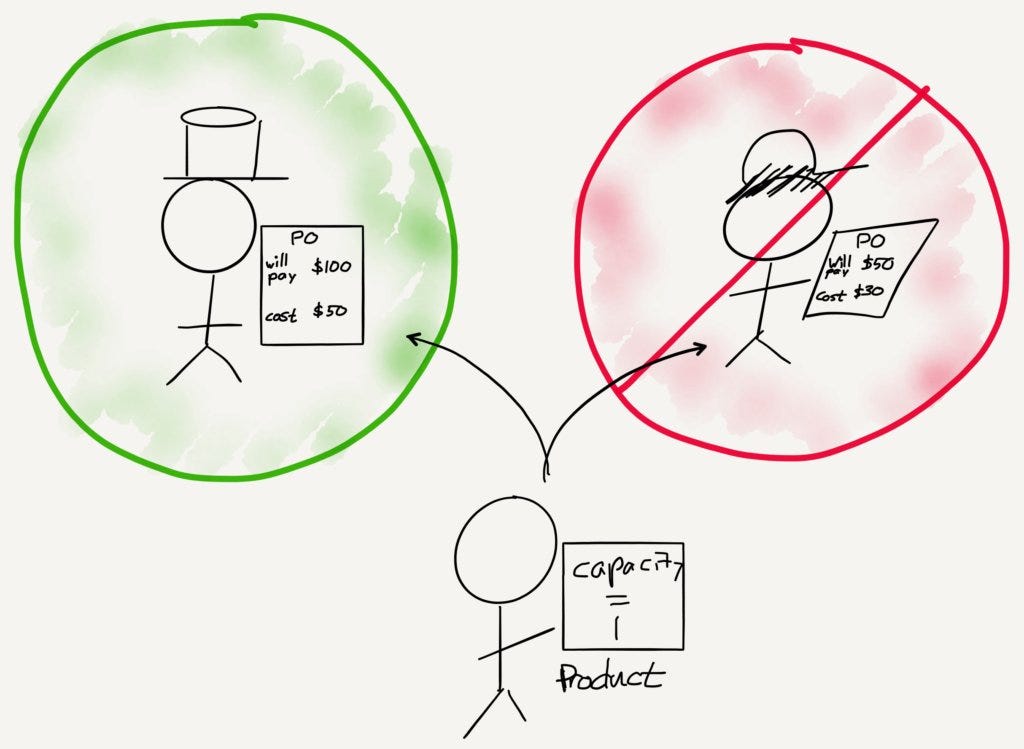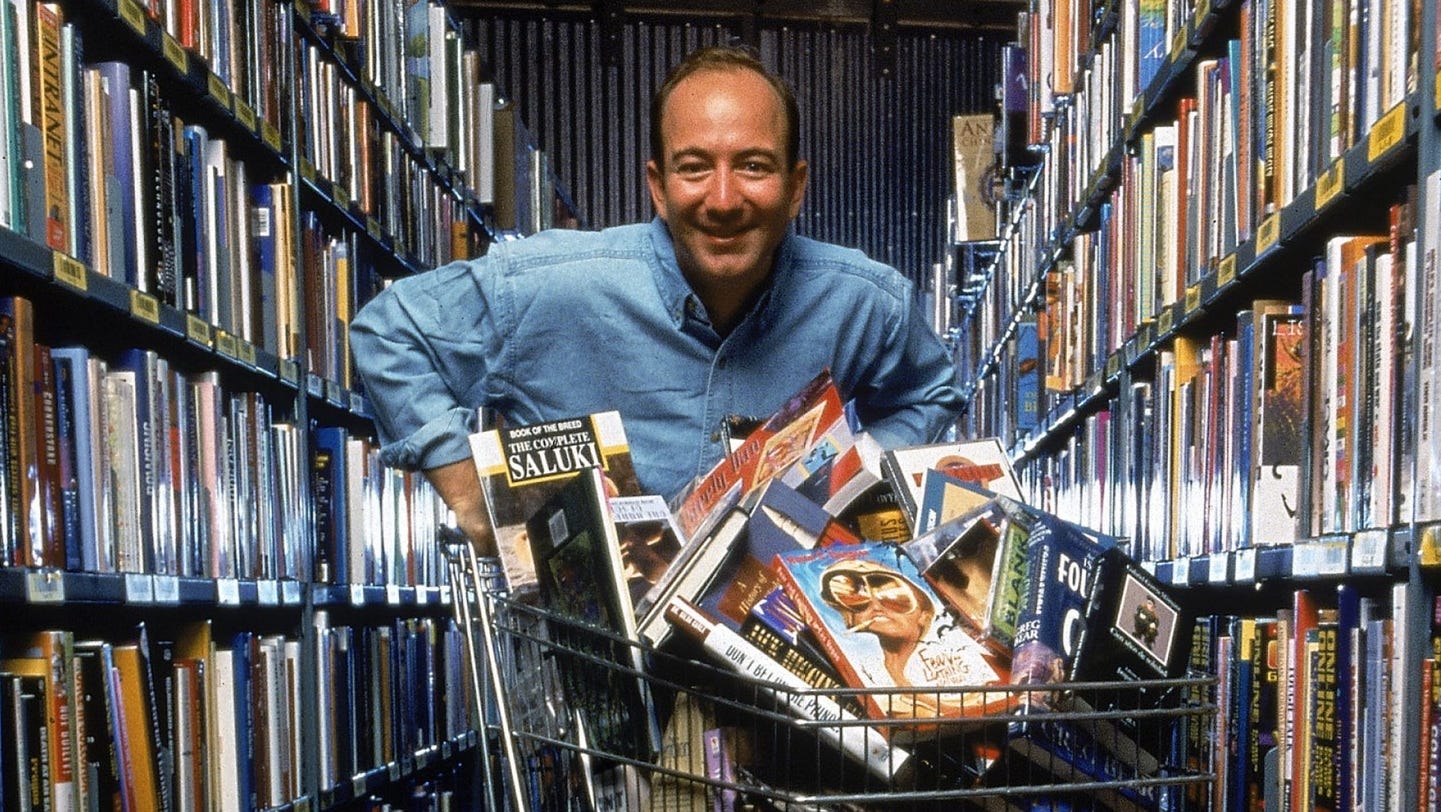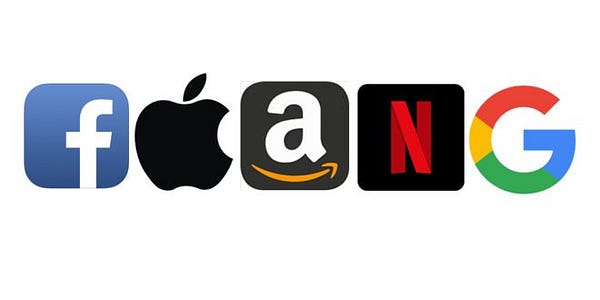Is Disruption Dead?
Today's tech titans are more dominant than ever before and it's hard to imagine a future without them. Will they ever be disrupted?
Today’s tech titans are more dominant than ever before and it’s hard to imagine a future where companies like Google, Microsoft and Amazon are no longer dominating their industry.
This leads to the question: Is disruption dead?
Most companies today claim to be “disrupting” their industry, but are they really? Disruption means “radical change to an existing industry or market due to technological innovation.”, which many companies are attempting to do.
However, in business “disruption” has a very specific meaning:
Coined in 1995 by Harvard Business School professors Clayton Christensen and Joseph Bower in the Harvard Business Review article “Disruptive Technologies: Catching the Wave”, disruption is defined as the process where a smaller company with fewer resources can successfully challenge established incumbents.
It refers to how incumbent businesses focus their product and services on their most demanding and profitable customers, neglecting less profitable customers. This leaves room for upstarts to successfully target those neglected customer segments.
This leads to an opportunity where upstarts can provide a product or service that satisfies the neglected customer segment's needs (often at a lower price).
And since incumbents are occupied with their highly profitable customers they don’t respond which leads to the upstarts successfully taking over that entire customer segment. After that, the upstart can move upmarket toward more profitable customers.
They can then target the incumbent’s target customers with their successful product or service while also keeping the advantages that allowed them to take over the neglected customer segments (e.g. a lower price).
When the incumbent’s customers adopt the upstart’s offerings disruption happens.
This is how startups with little capital can compete with large institutions with vast resources: By focusing on a neglected niche, taking over that segment and then expanding upmarket.
But today’s tech giants aren’t as easy to disrupt. They don’t ignore any customer segment since they have near-zero marginal cost to serve new customers. This means that more customers equal higher profits. There is no trade-off.
These companies can give a superior experience to every user and can move up and downmarket effortlessly. Since their product or service gets better with more users they start aggregating both consumers and suppliers, taking over the entire market.
How do you disrupt a product or service that becomes better for every user served, while also serving them equally well?
Want to read more about “Aggregators”?
Did you enjoy this newsletter? Please subscribe if you haven’t already!
This is part one of several newsletters regarding the future of the internet.
Original tweet from 18 May 2021:






